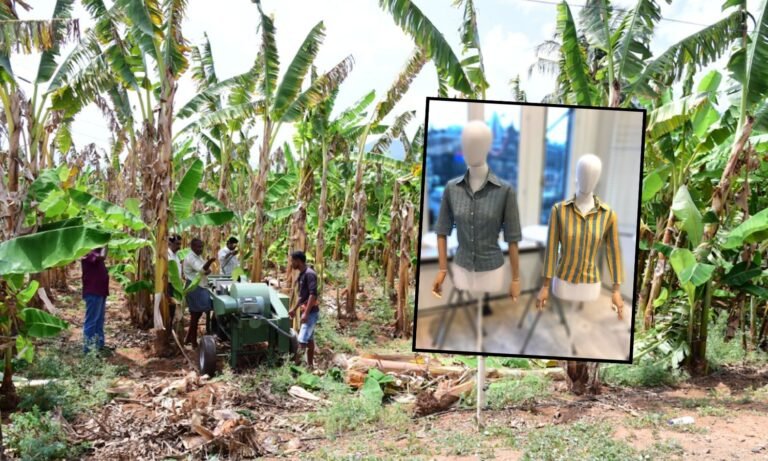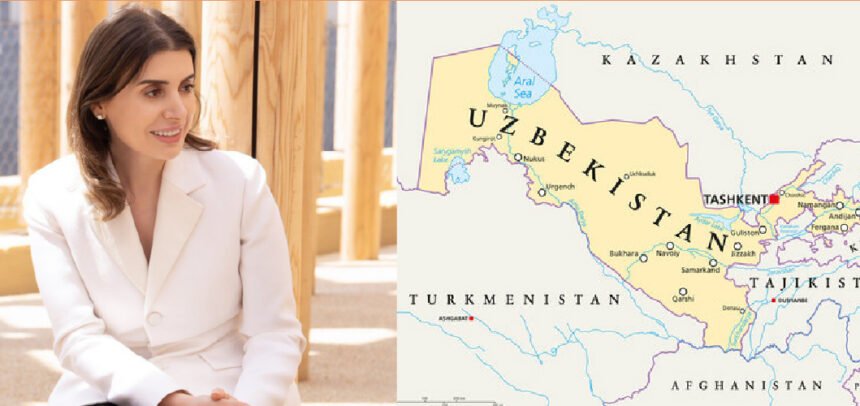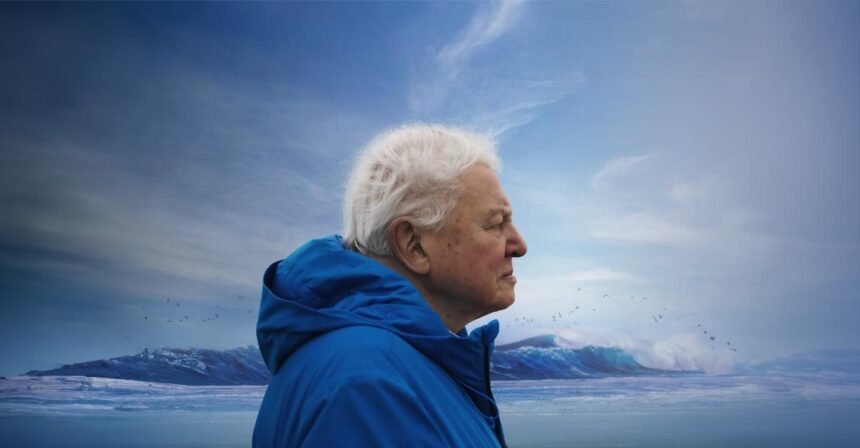A Homage to Burmese Cinema
In times like these when a tyrannical junta has seized power in Naypyitaw, and Myanmar is being torn apart by a vicious civil war, it is good to be reminded of more positive aspects of the country’s recent history. And one of these is Myanmar’s lively and vibrant movie industry. Jane Ferguson’s book about the topic is brilliantly researched and elegantly written. In the decades before and after independence, as Ferguson points out, Myanmar’s “motion picture industry was arguably the largest and most active in Southeast Asia.” But, despite over a hundred years of near-continuous motion picture production and extensive enthusiastic patronage of local cinema halls, this historically important side of Myanmar life and society is hardly known to people in the outside world.
Famous film stars when they, during the 1988 pro-democracy uprising, wanted to promote the then little-known Daw Aung San Suu Kyi as a leader of the movement. She made her very first appearance on Aug. 24 on a makeshift platform that had been erected outside Yangon General Hospital, where victims of the military’s shooting into crowds of demonstrators on Aug. 8 were being treated. She was there to announce that a rally would be held at the Shwe Dagon Pagoda on Aug. 26 with Maung Thaw Ka standing behind her. But beside Daw Aung San Suu Kyi was the famous film actress Khin Thida Htun, at that time a much more familiar face than the main speaker herself.
Critical movie making saw a brief renaissance during the decade of relative openness in 2011-2021, but, following Senior General Min Aung Hlaing’s ill-fated coup on Feb. 1, 2021, freedom of speech and expression were curtailed. And filmmakers were among those arrested. The new junta, the so-called State Administration Council, appears to be well aware of the power of feature films as well as documentaries in Myanmar society. Ferguson has broken new ground in the writing of Myanmar history in this excellent book, which deserves a wide audience.
It all began in earnest at the turn of the 20th century, when an enterprising Gujarati called Abdulally Esoofally toured Southeast Asia with a tent, a projector and reels. The films he brought and showed to enthusiastic crowds included short comedies, operas, documentaries and sport spectacles. It was an immediate success, and although the form was new, the concept as such was not alien to local cultures. People in the region were used to watching animated entertainment with moving images on screens. The Burmese had a long and popular tradition of sophisticated marionette theaters. Ferguson notes that “although Esoofally primarily broadcast European films, Southeast Asian audiences often considered him an Indian entrepreneur, not an imperial one… He might have been operating machinery that was Western in its manufacture, but his relations and motives for doing so were more connected to the South and Southeast Asian contexts in which he operated.”
From these humble beginnings sprung a domestic film industry and given the demographic composition of the business communities in Yangon and other major cities at the time, it is hardly surprising that most entrepreneurs were of Indian origin. But reenactments of Hindu legends, the theme of the first movies, were appreciated not just by Indian audiences, but also by Burmans who had watched the same epics enacted by their own traveling zat pwe theater ensembles.
The colonial authorities did not take kindly to this new addition to local cultures. In 1917, it was argued that “the vulgarities of Charlie Chaplin and his numerous imitators and the reckless, if innocuous, use of revolvers” could have a harmful impact on “the young Burman”. Boards of censors were established in Bombay, Calcutta, Madras and Rangoon in then British India. But nothing could stop it, movies were there to stay and, before long, cinemas appeared in towns and cities across colonial Burma.
Ferguson chronicles this development in detail, describes the pioneers in the industry, and what they produced, in a way that has never been done before. And contrary to colonial concerns about “recklessness”, locally produced movies provided the audiences with “moral lessons about how gambling and alcohol can destroy people’s lives. Some community leaders saw the medium of film as a means to communicate their concerns about those vices.” As an example, Ferguson mentions that a downtown Buddhist temple sponsored a special showing of the movie “Metta Hnint Thura”, which showed how “gambling and alcohol and lack of ability to control one’s moral compass are the common downfalls of the main characters.”
On the other hand, Ferguson writes, “the cinema provided Burmese with a way to look at the past through a fancy new lens but also to consider revolutionary new futures.” Historical dramas played an important role in fostering national pride, and “film exhibitors drew upon, incorporated, and adapted local talents and tastes with international waves of influence to create the cinema hall experience in colonial Burma… cinemas were inclusive shrines to modernity; everyone had an equal right to access as long as they bought a ticket.”
In the turbulent 1930s, which saw peasant uprisings, strikes by laborers, and the emergence of a fiercely nationalistic student movement, politically charged films were produced which “not only endeavored to connect audiences to new understandings of class struggle and colonial exploitation but also, and more spuriously, sought to encourage people to envision an independent and modern Burmese nation.”
The media scene blossomed after independence in 1948, and while the film industry continued to produce love stories and other fanciful entertainment, “movies were increasingly expected to become voice boxes for Cold War agendas. Ideological strategizing came from both sides of the Iron Curtain.” Movies also dealt with social issues such as the plight of jade miners in Kachin State and what it was like when Bamar, Shan and Kachin met in towns. And stars like Shan singer and actress Mary Myint—who was the best known Shan personality in the 1950s, her fame “arguably surpassing that of President Sao Shwe Thaike”—demonstrated that “one could be both non-Bamar as well as glamourous.”
The year of General Ne Win’s coup in 1962 was also when the motion picture industry saw its greatest output: “The various Burmese film companies produced a total of 92 films, distributing prints to the country’s 442 cinema halls and additional outdoor screenings. This figure has never been attained before or indeed since.” But then darkness fell over the country’s previously vibrant media scene, and the movie industry was no exception. New, draconian censorship laws were introduced, movie theaters were nationalized, and owners, who had been of Indian and Chinese descent, lost their citizenship and were forced to leave the country.
But movies were produced and appreciated by audiences all over the country. And the directors as well as the actors and actresses were no stooges of the military-dominated dictatorship.













